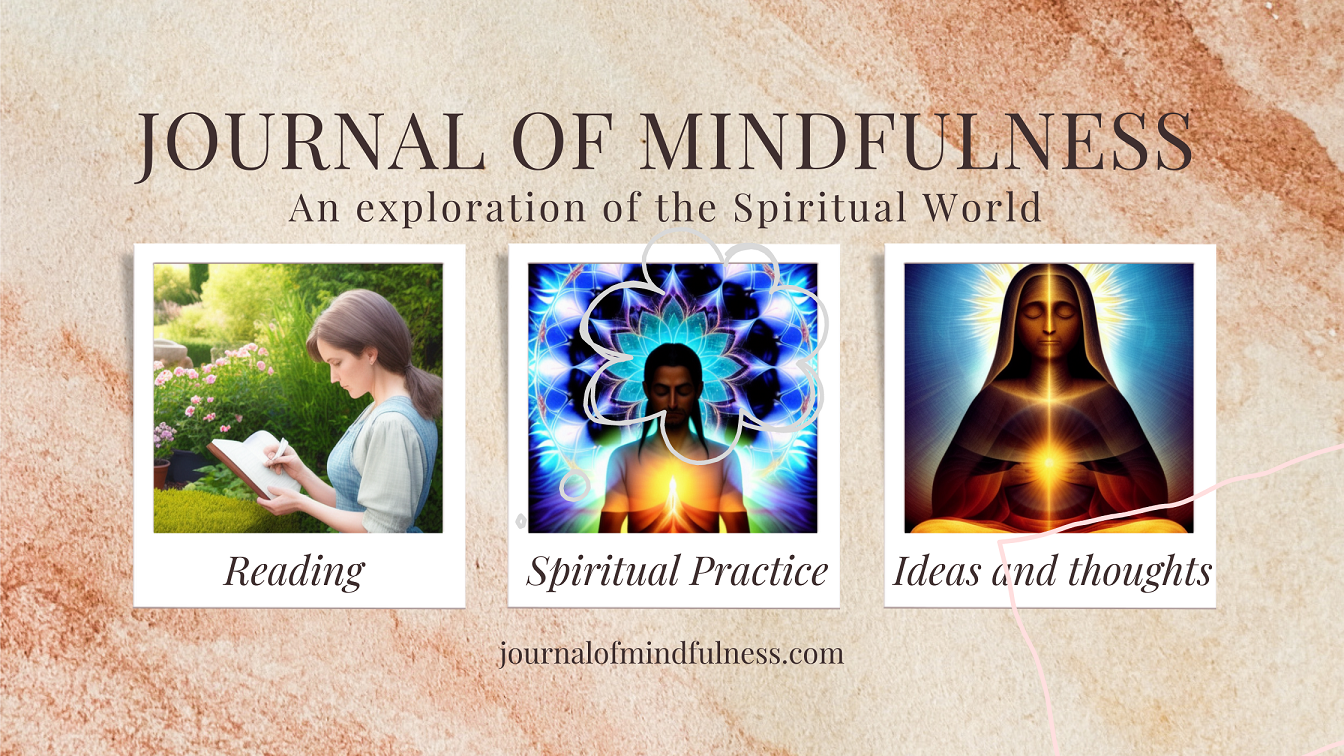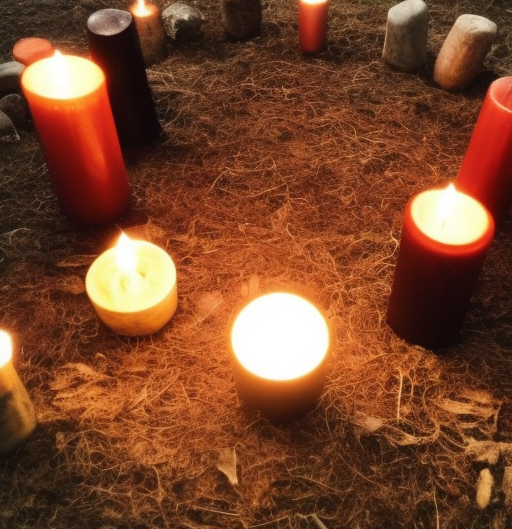Witchcraft Ceremonies
Witchcraft ceremonies can vary widely depending on the tradition, culture, and individual practices of practitioners. Here’s a general list of some common types of witchcraft ceremonies and rituals that you might come across:
- Sabbats: These are seasonal celebrations that mark important points in the Wheel of the Year, such as the solstices and equinoxes. Examples include Samhain, Yule, Imbolc, Ostara, Beltane, Litha, Lammas, and Mabon.
- Esbat: Esbats are lunar rituals held during the phases of the moon, often during the full moon or new moon. They can involve meditation, spellwork, divination, and honoring the moon’s energy.
- Candle Magic: Ceremonies involving the use of candles, each with a specific color and intent, to focus energy and cast spells.
- Circle Casting: The creation of a sacred circle using ritual tools and symbols to create a space where magic can be performed. It’s a way to set boundaries between the mundane world and the ritual space.
- Invocation and Evocation: Calling upon deities, spirits, or energies for guidance, assistance, or communion. Evocation involves summoning these entities to appear or interact with the practitioner.
- Spellcasting: The practice of using focused intention, symbolic tools, and rituals to manifest desires, intentions, or change in accordance with the practitioner’s will.
- Divination: Rituals involving tools like tarot cards, runes, or scrying mirrors to gain insight into the past, present, or future.
- Ancestor Veneration: Honoring and connecting with deceased ancestors for guidance, protection, and wisdom.
- Herbal Rituals: Using herbs and plants for magical purposes, such as making potions, teas, or sachets.
- Binding and Banishing Rituals: These are rituals aimed at binding negative energies or banishing unwanted influences from a person or space.
- Initiation Ceremonies: Formal rituals that mark a person’s entrance into a specific tradition or coven, often involving symbolic actions and oaths.
- Rites of Passage: Rituals that mark important life transitions, such as coming of age, marriage, or death.
- Kitchen Witchery: Incorporating magical intent into cooking and food preparation, often with specific rituals or prayers.
- Green Witchcraft: Rituals focused on connecting with nature, plants, and the cycles of the Earth.
- Dream Magic: Practices involving dreamwork, lucid dreaming, and astral travel for magical and spiritual purposes.
- Elemental Magic: Ceremonies that involve invoking, working with, or honoring the elemental energies of Earth, Air, Fire, and Water.
- Offerings and Devotionals: Rituals of gratitude and offerings made to deities, spirits, or energies as an act of devotion.
- Energy Healing: Rituals that focus on channeling and directing healing energy for oneself or others.
- Hexing and Curse Breaking: Ceremonies related to hexing, cursing, or breaking curses. These practices can be controversial and are not universally accepted within all witchcraft traditions.
Remember that witchcraft is a diverse and personal practice, and different practitioners may have their own unique ceremonies and rituals. Additionally, the ethics and intent behind these practices can vary widely, so it’s important to approach them with a respectful and responsible mindset.



